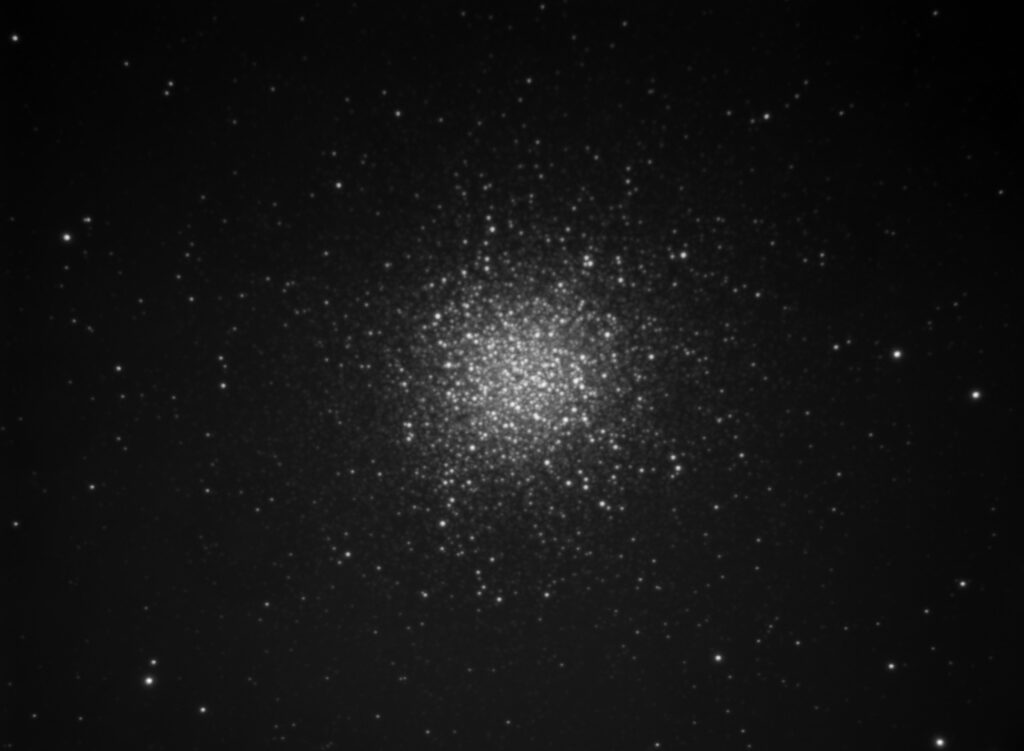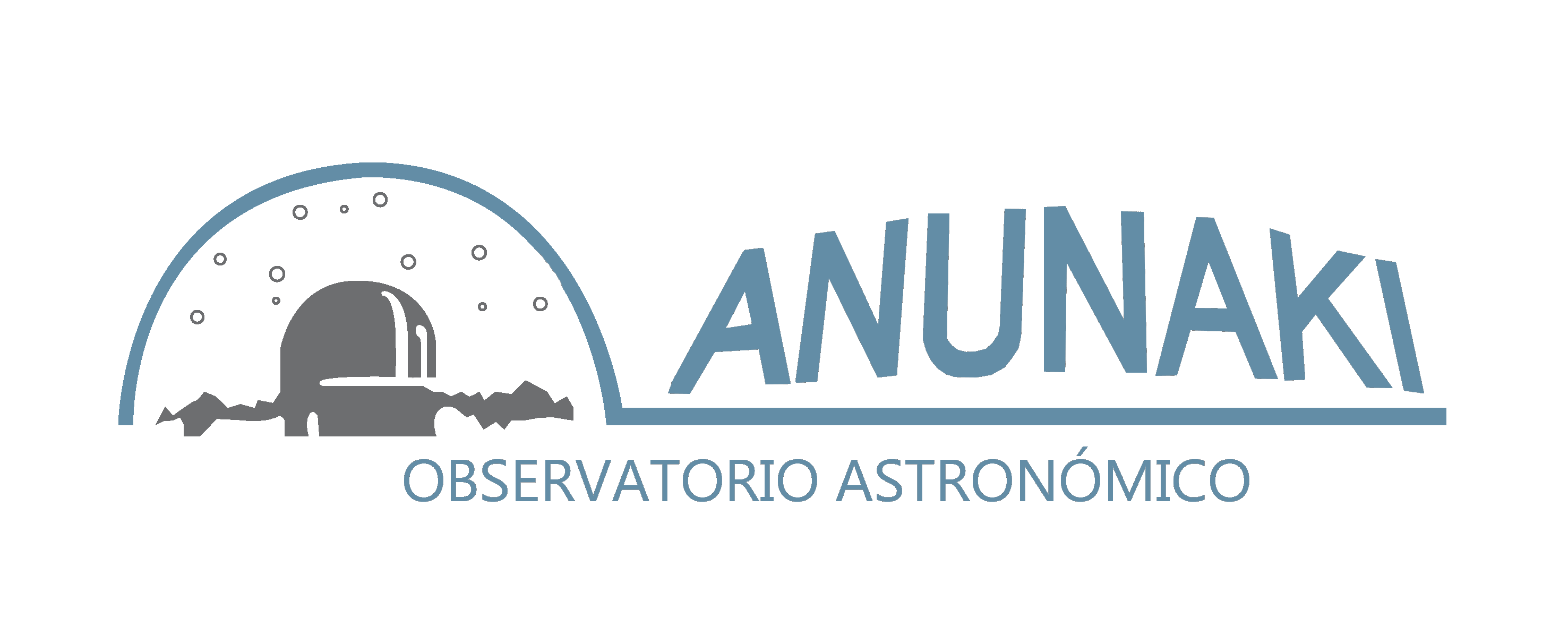The Hercules Cluster (also known as the Great Hercules Cluster, Messier Object 13, Messier 13, M13 or NGC 6205) is a globular cluster in the constellation Hercules. It was discovered by the English astronomer Edmond Halley in 1714 and later added by Charles Messier in his famous catalogue of astronomical objects.
William Herschel, through his large reflecting telescope, was able to discover several alignments of stars (known as spider legs) and finally verified that it was facing a cluster.
Making a first count of its components, it gave approximately 8,500 stars.

Technical data:
Telescope: S/C 8″
CCD:Atik314L+
Focal Length Reducer: Meade 6.3
Filter: Clear
Telescope Guide: SkyWatcher ED80
Mount: LX200 GPSR
CCD Guide: QHY5
CCD Temp:-5º
Ambient Temp:0º
Location: Anunaki Observatory / Rivas Vaciamadrid (Madrid)
M13 It is located approximately 25100 light-years (7695 parsec) from Earth and belongs to class V in the Shapley-Sawyer concentration classification.
Their joint magnitude in band V (green filter) is equal to 5.80; its spectral type is F6: photographically it is yellowish due to the large number of red giant stars it contains; the absolute magnitude is equal to -8.53 (V-band).
It is estimated that its luminosity is similar to that of 500,000 suns, although its mass is located in the band 600-800 thousand times that of the sun: obviously a good part of its stars are invisible stars (white dwarfs and neutron stars).
In 2005, an X-ray-emitting neutron star was discovered in closed orbit with a companion.
Its brightest stars are yellowish stars of the red giant type that appear with magnitude 11.87 (the variable V11), its brightest Cepheid variable star (V2) is of magnitude 12.85 while the RR Lyrae stars (used as a distance pattern) appear with magnitude 14.82. The period of the V38 variables is 81 days, while that of V43 is 97 days.
All these variable stars are affordable to amateur telescopes from the 200 mm aperture equipped with CCD cameras and a good map of the cluster.
Its main stars are listed in the Ludendorff Catalogue (1905) and in the less used Kadla Catalogue (1966): in the latter case the proper movements (measured in milli-seconds of arc per year) are also analyzed, which allows us to know which of them really belong to the cluster.
A more exhaustive study of proper motions (443 stars) was carried out in 1979 by the American astronomers Cudworth and Monet, comparing photographic plates taken with Yerkes’ 1-meter refractor between 1900 and 1977: the proper motion of its stars is in the range 0.001-0.075″ per century.
